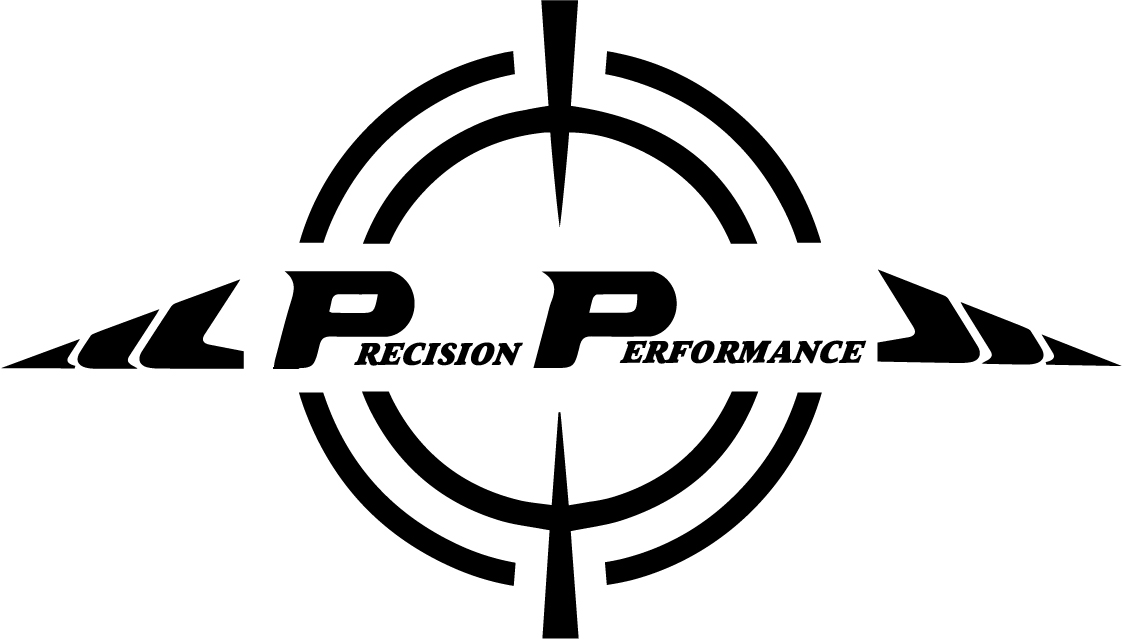When developing training programs, many people assess strength for a given individual. The thought process is to determine an individual’s strength and make them stronger. Stronger is always equal to being better. Stronger legs make us run faster or jump higher. This leads to an endless goal of reaching for new milestones in strength. This is all good, but when you define what strength is, then it does not fully make sense. The definition of strength is: “The quality or state of being strong, in particular.” If we put this into the context of a muscle in the body, then it may read: muscular strength is the state of a muscle being strong, in particular. When we initially assess an individual for strength, we are saying they are strong. The question then becomes, what determines they are strong and are they strong enough for what activity they are participating in? If they are not strong enough for the activity they are participating in, then would we not say they are weak? Take for example a runner. This runner may run miles each training session, but they have trouble performing an efficient and stable single leg squat with the correct posture. Does their ability to run (which is a series of single leg squats/jumps) still mean they have the appropriate strength?
In my experience, training programs need to be developed with a main goal of improving weakness. The definition of weakness is:
1. Lacking the power to perform physically demanding tasks; lacking physical strength and energy;
2. Liable to break or give way under pressure; easily damaged.
Because the goal of most training programs is to improve the ability to perform a physical task (i.e. sport), it seems it would be more productive to make a priority to determine an individual’s weaknesses over focusing on strengths. Working to improve the established weakness gives a better direction for development of a training program instead of taking something that was determined to be strong and trying to make it stronger endlessly. It is no wonder that many training programs hit constant plateaus that stall progression. Let’s clarify that it is still highly productive to continue to build strength, but strength will be inhibited if weaknesses aren’t addressed. If our runner from before has a goal of running faster or running farther and we have assessed their ability from the viewpoint of working to improve their strength in this skill, then we will push to run farther and add in faster training variables to our program. The question that you must ask is: will their body allow for them to run faster or farther if it does not have the ability to perform a single leg squat efficiently and correctly. How can they do more, when they can’t perform a base functional movement involved in running? What is usually found is that minimal to no gains will be made in the progress of the goal to run faster or farther, but they can’t understand why. Weakness inhibits performance. Improve strength, but focus on developing a program to improve weakness to reach improved levels of performance.
